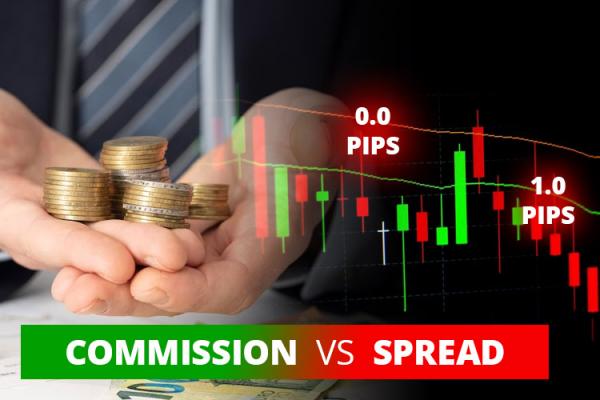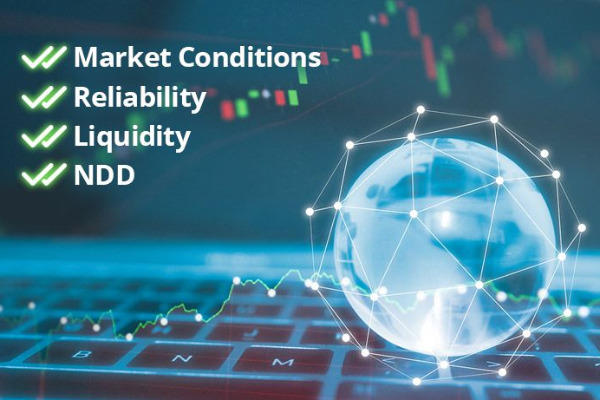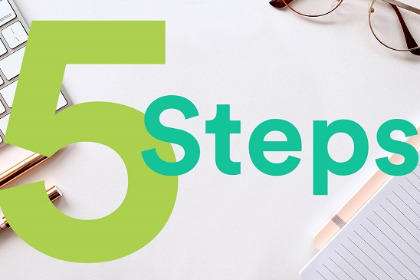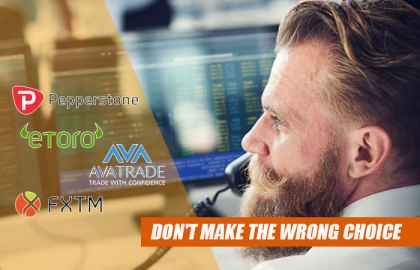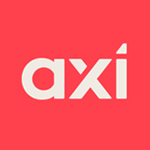Trading platforms are an inseparable part of online forex trading nowadays. This article will discuss some of the most popular ones, including Web Platform, Metatrader 4, Metatrader 5, cTrader, and SIRIX.
Trading platforms are an inseparable part of online forex trading nowadays. They basically connect brokers and clients, and enable forex traders to gain access to price quotes, live charts, execute orders, and other additional advantages. With the advance of technology, forex trading platforms too, became a subject of competition among forex brokers.
On that premise, knowing the various forex trading platforms available in the market is quite necessary for the course of improving one's trading quality. 5 most popular trading platforms for forex trading are:
- Web Platform - accessible in browsers so traders are not required to download and install any app.
- Metatrader 4 - the "standard" trading platform used by the majority of traders around the world.
- Metatrader 5 - the more advanced version of MetaTrader 4 to trade in more diverse markets.
- cTrader - sophisticated platform with Depth of Market (DoM) feature.
- SIRIX - specifically provided to for social traders.
We will explain them one by one in this article.
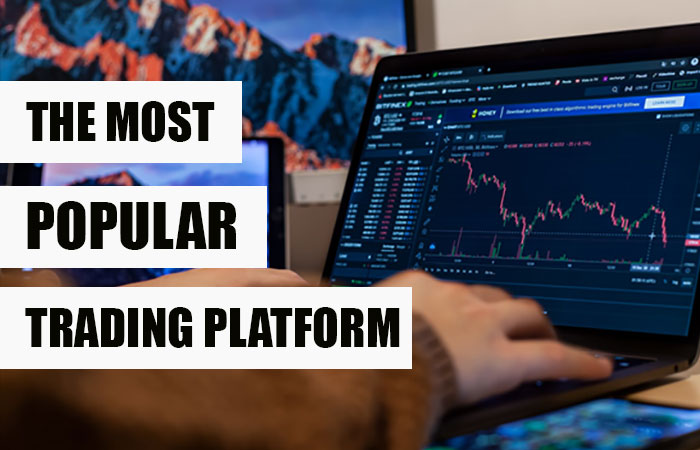
Web Platform
The oldest online trading system, Web Platform is the beginning of what is later developed into installable forex trading platform softwares. The emergence of Web Platform opened up unlimited possibilities, namely online forex trading that could be done by retail investors easily, instantly, everywhere. Prior to Web Platform, forex trading is quite troublesome as it involved manual exchange or transfer payment via banks.
Forex traders could access Web Platform as they do any websites in the net, after they registered to a certain forex broker and received confirmation of username and password. The Web Platform feature, appearance, and performance itself may differ between forex brokers.
Overall, the main advantage of Web Platform is its accessibility through any PC without having to download any software first, so forex traders are truly able to trade whenever, wherever. Beside of that, Web Platform feature is commonly simpler than average forex trading platform, with similar analytical tools incorporated in it.
Till this day, some forex brokers are still providing Web Platform as an alternative, although they might have already providing other kind of forex trading platform. Web Platform is also a favorite among binary options broker, with more binary options broker make use of Web Platform instead of paid for the use of externally-developed software or took the effort to build an in-house one. Some forex brokers who are still providing Web Platform are XM Webtrader and Exness Webtrader, etc.
Metatrader 4
Metatrader 4, a.k.a MT4, is undeniably the most widely used among forex trading platforms. Developed as software by Metaquotes Software Corp, it was released in 2005 and then licensed to forex brokers, who customized it afterward for their clients' use.
Just like Web Platform and other forex trading platforms, forex traders could follow price quotes and movements on charts, as well as utilizing various technical analysis indicators and executing orders. However, MT4 advantage is that it is the best in development and application of automated/algorithmic trading.
Automated trading in MT4 could be developed by the brokers, the traders themselves, as well as third party. MT4 enable forex brokers to give out signals for their clients through the platform, but installation of third party expert advisor/robot and custom indicator is also very simple. Best of all, each trader could build their own automated system with MQL4 programming language.
Unlike Web Platform that is only available through PC/MAC, MT4 is more handy, available in PC as well as mobile version in almost every OS out there. These benefits made it a favorite among forex brokers and traders alike, with few exception (Japanese brokers and traders are reportedly less interested in MT4). Visit any broker you'd like to join with, there is a huge chance that they provide MT4 for you to trading with.
See Also:
Metatrader 5
Metatrader 5, a.k.a MT5, is the younger sibling of MT4. Built by Metaquotes Software Corp and released officially in mid-2010, MT5 was expected to take the place of older MT4 with its various additional advantage. MT5 comes with many things that MT4 does not have, such as 21 timeframes instead of just 9, separate economic calendar, integrated marketplace, etc.
However, forex brokers and traders seemed reluctant to adopt the newer platform, and many prefer to stick with MT4. There are at least two reasons:
- Expert advisors and custom indicators built with MQL4 does not work in MT5; if traders want to work with the same system, they have to rewrite it. Therefore, investment and efforts that was spent on building automated trading in MT4 might be wasted.
- MT5 default was set in accordance with US regulator NFA rules which ruled out hedging and implement FIFO rule (First In First Out). It contradicts many trader's strategies and sometimes offend people just by being set in accordance with NFA rules.
Because of such circumstances, a large part of MT5 users are new traders, and Metaquotes is hard-pressed to sustain MT4 with updates that includes MT5 features. Some forex brokers that are providing MT5 platform are Alpari and IronFX.
cTrader
Built by Spotware Systems, cTrader was launched in 2010 with the accompaniment of cAlgo to support algorithmic trading. Spotware claimed that dealing desk intervention is impossible with cTrader, and therefore guaranteed to improve brokers' direct market access as well as traders' trading experience. Advantages of cTrader that the Metatrader siblings lacking in are speed and execution accuracy.
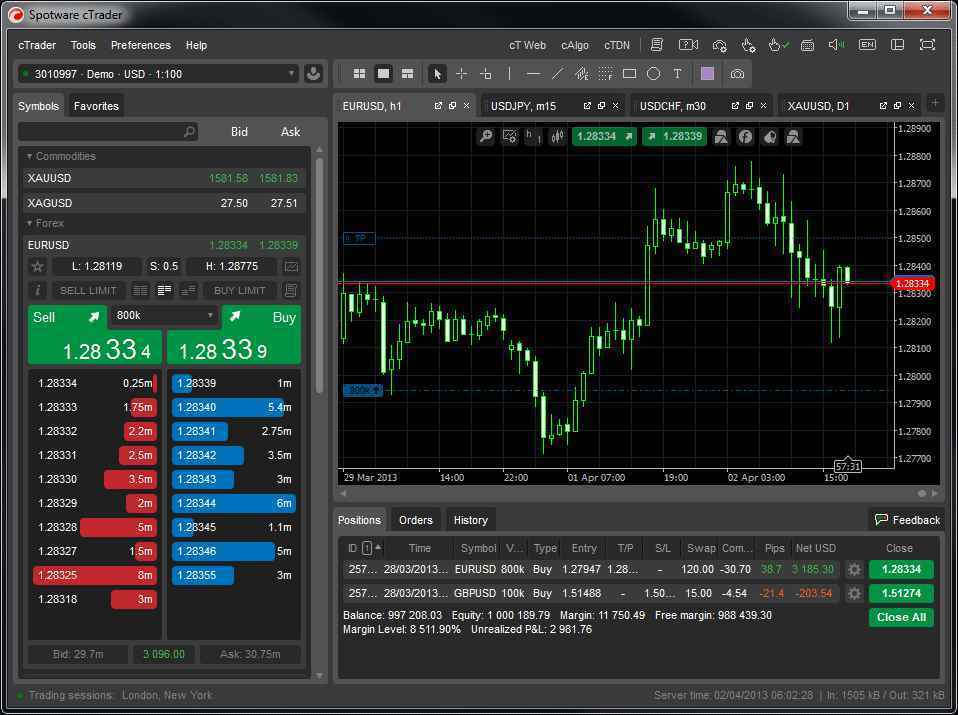
cTrader commonly available in several versions, including desktop, android, iOS, and web-based. Its unique characteristics and uncluttered appearance has made it a new favorite among traders. For this reason, some forex brokers jump ship by offering cTrader alongside MT4, or MT4 and MT5, for their clients. Among them are OctaFX and Fibogroup.
SIRIX
The youngest among forex trading platforms in this list, SIRIX was developed by Leverate. It lacks algo trading ability and is missing some indicator, but its number one distinction is that it integrates social trading within the platform. Therefore, it displays not only charts and the necessary indicators, but also trades made in the social trading system. 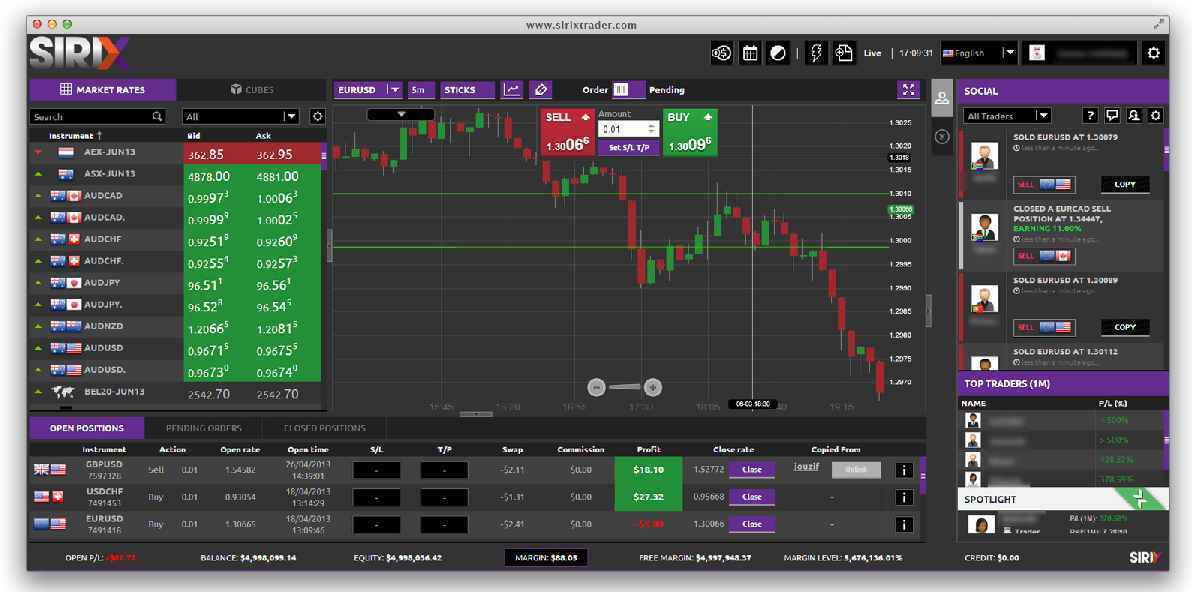
This forex trading platform is not available in desktop version, but it is user-friendly, and could be accessed in web, mobile, and tablet version. This way, SIRIX offers the freedom of Web Platform, the ease of cTrader, and the advantage of social trading in one single platform.
It has started to gain name for itself among retail forex brokers and traders, with some brokers introduced it as an alternative to the already known MT4. Some of those brokers are Forex Broker Inc and FXPRIMUS. If you want to simply experience SIRIX trading, you could go directly to its official website to try it out in demo without having to register or deposit any funds.
Beside of those five, there are also many kinds of forex trading platforms developed by forex brokers specifically for their clients only. Some of the well known are AGEA Streamster and FXCM Trading Station. Some brokers also provide specified platform for certain accounts, such as PAMM.
Each forex trading platform has their own pluses and minuses. In order to choose the one that most suited to you, consider these points:
- What kind of advantage you would like to have when doing your trades?
- Is the platform compatible with your computer/gadget?
- Can you trade effectively and smoothly with it?
To know the answer, try the platform in the demo version first, and test it until you are certain that you are good with it.

 Dedicated FREE FOREX VPS
Dedicated FREE FOREX VPS Free FOREX Virtual Private Server
Free FOREX Virtual Private Server MT4 Demo Contest, Get $500
MT4 Demo Contest, Get $500 Sign Up for an Account, Claim 60% Deposit Bonus
Sign Up for an Account, Claim 60% Deposit Bonus Free MT4/MT5 VPS 2024
Free MT4/MT5 VPS 2024 Send E-mail and Get Free Merchandise
Send E-mail and Get Free Merchandise $1K Refer a Friend Bonus for Pepperstone Pro clients
$1K Refer a Friend Bonus for Pepperstone Pro clients Maximize Your Earnings with 100% Deposit bonus
Maximize Your Earnings with 100% Deposit bonus Trade to Win, $5,000 Monthly Demo Contest
Trade to Win, $5,000 Monthly Demo Contest Claim 30% + 15% Deposit Bonus from LiteFinance
Claim 30% + 15% Deposit Bonus from LiteFinance

